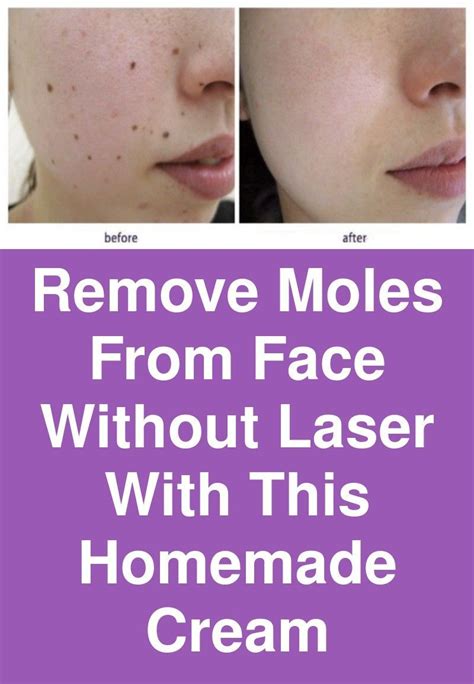How To Remove Moles: A Comprehensive Guide
Moles, those small, pigmented spots on your skin, are usually harmless. However, some can be concerning, leading many to seek mole removal. This comprehensive guide explores various mole removal methods, considerations, and crucial aftercare advice. Remember, always consult a dermatologist before attempting any mole removal. This article is for informational purposes only and shouldn't replace professional medical advice.
Understanding Moles
Before diving into removal methods, let's understand what moles are. Moles are clusters of melanocytes, cells that produce melanin, the pigment giving skin its color. Most moles develop during childhood or adolescence, and the majority are benign (non-cancerous). However, it's vital to monitor moles for changes that could indicate melanoma, the deadliest form of skin cancer. The ABCDEs of melanoma are a helpful guide:
- Asymmetry: One half doesn't match the other.
- Border: Irregular, ragged, or blurred edges.
- Color: Uneven color, with shades of brown, tan, black, red, white, or blue.
- Diameter: Larger than 6 millimeters (about the size of a pencil eraser).
- Evolving: A mole that is changing in size, shape, or color.
Methods of Mole Removal
Several methods exist for mole removal, each with its pros and cons. A dermatologist will determine the best approach based on the mole's characteristics and your individual needs.
1. Surgical Excision
This is the most common method, involving surgically cutting out the mole and a small margin of surrounding skin. This is particularly useful for larger moles or those requiring biopsy. Surgical excision ensures complete removal and allows for pathological examination.
2. Shave Excision
This less invasive procedure uses a scalpel to shave off the mole at skin level. It's suitable for raised moles but doesn't allow for deep tissue examination.
3. Laser Removal
Laser treatment uses a focused beam of light to vaporize the mole. It's often quicker than surgical excision, but may not be suitable for all mole types.
4. Cryosurgery
This method employs freezing the mole with liquid nitrogen to destroy it. It's a relatively quick and simple procedure but might not be effective for all moles.
Post-Mole Removal Care
Proper aftercare is crucial for preventing infection and promoting healing. Your dermatologist will provide specific instructions, but general guidelines include:
- Keep the area clean and dry: Gently wash the area with mild soap and water, and pat it dry.
- Apply antibiotic ointment: As directed by your dermatologist.
- Avoid sun exposure: Protect the healing area from the sun with sunscreen.
- Monitor for complications: Watch for signs of infection, such as increased pain, swelling, redness, or pus.
When to See a Dermatologist
Schedule an appointment with a dermatologist if you notice any changes in your moles, or if you have concerns about a mole's appearance. Early detection of melanoma is crucial for successful treatment. Don't hesitate to seek professional medical advice.
Conclusion
Mole removal is a common procedure, but it's vital to approach it with caution and seek professional guidance. Understanding the different methods and aftercare is crucial for a successful outcome. Remember, regular self-skin exams and professional checkups are key to maintaining skin health.
